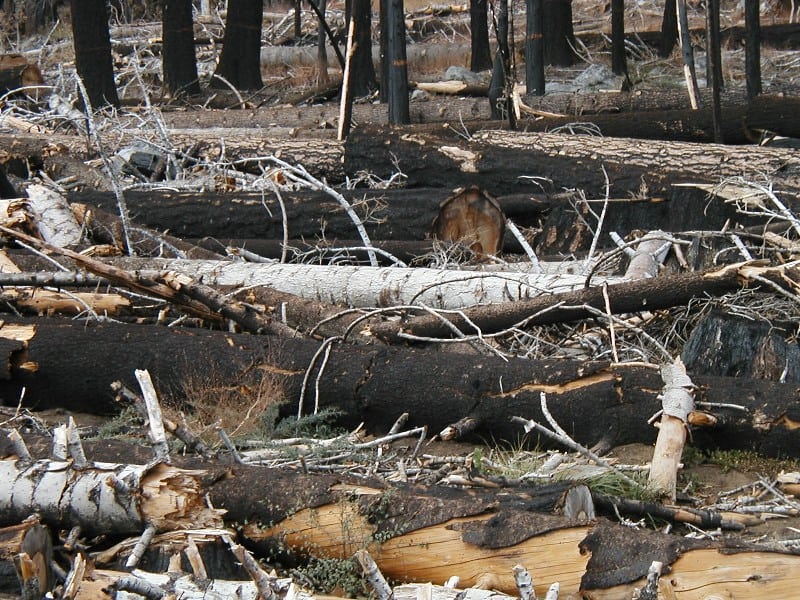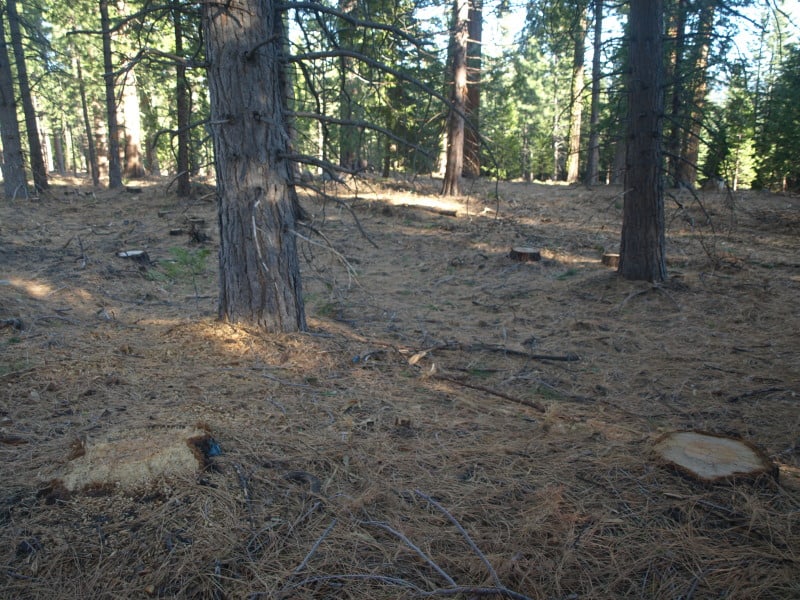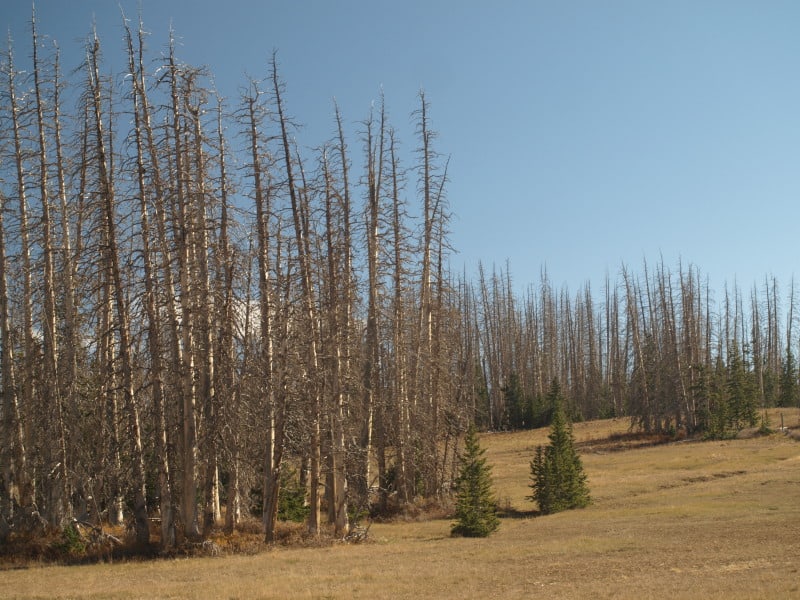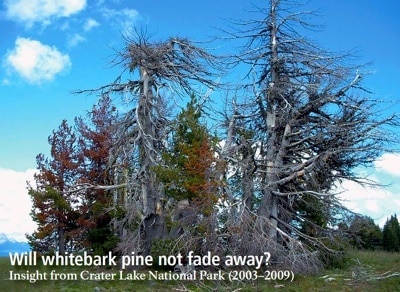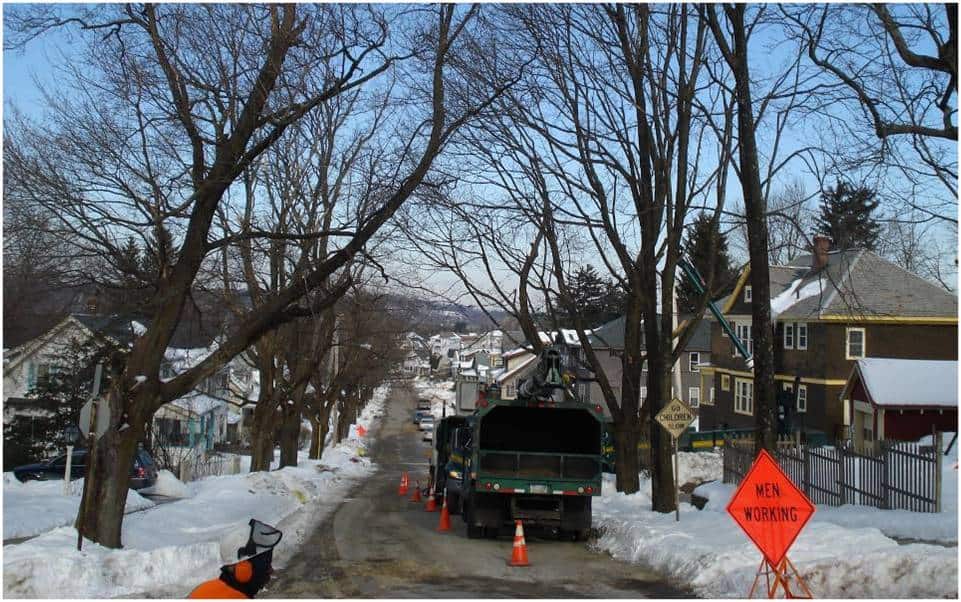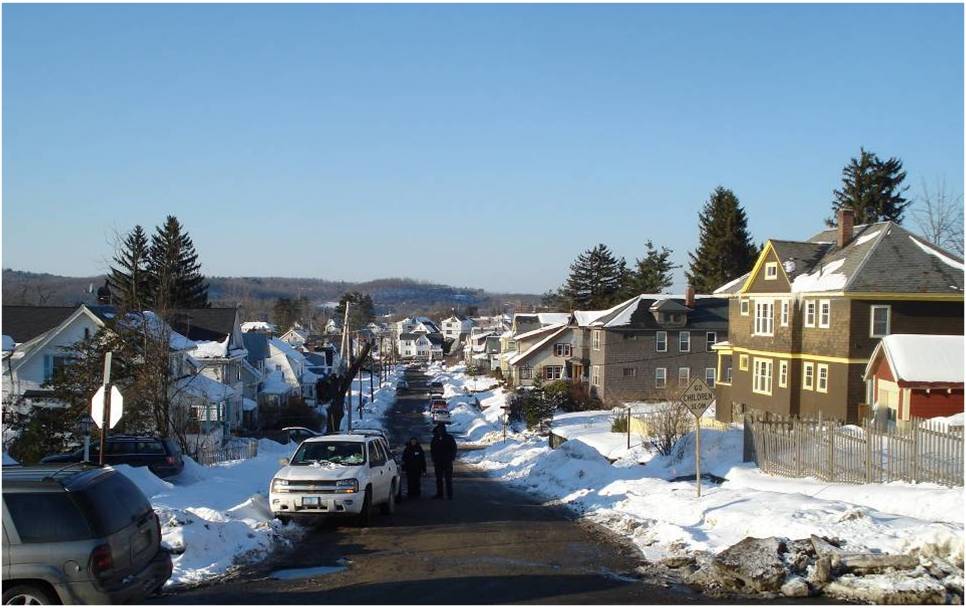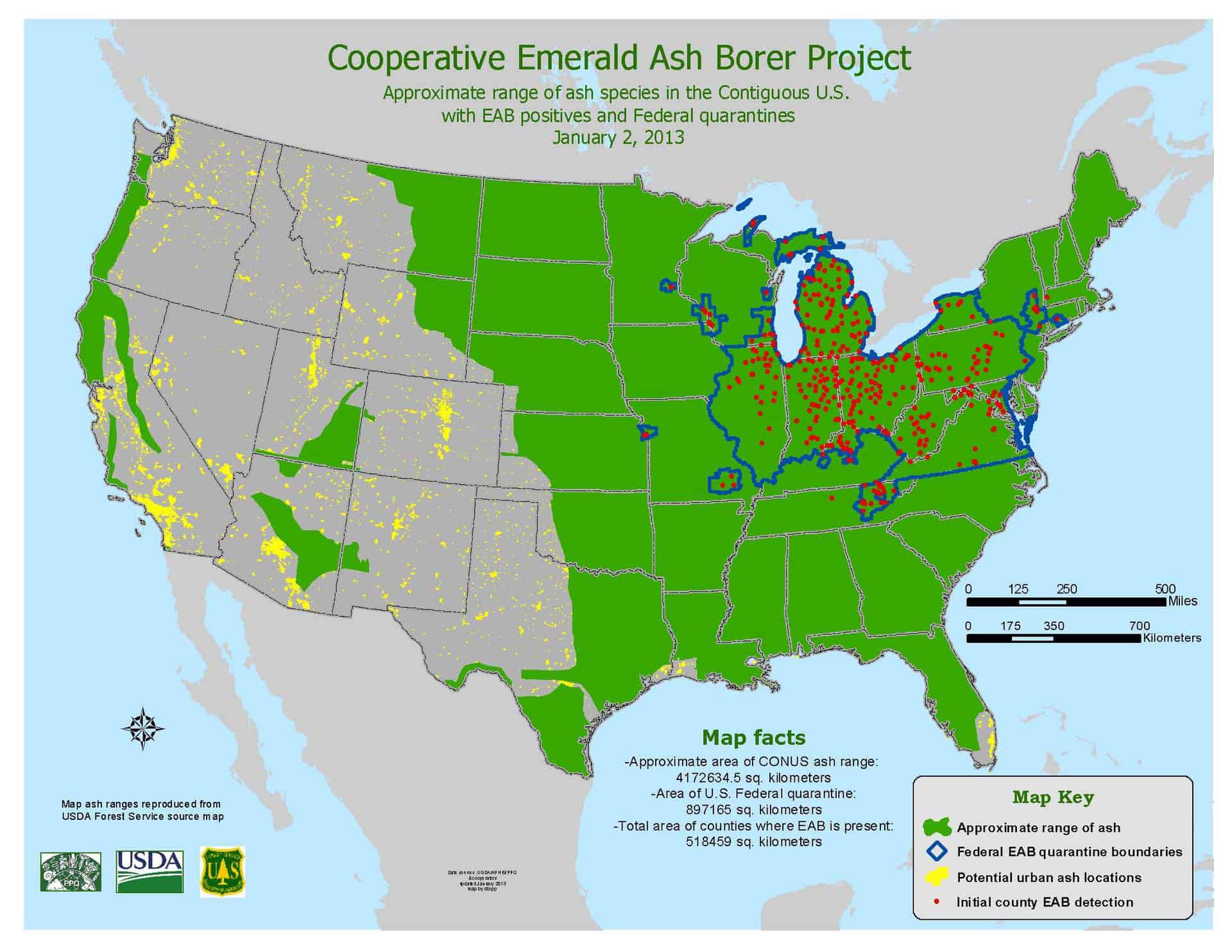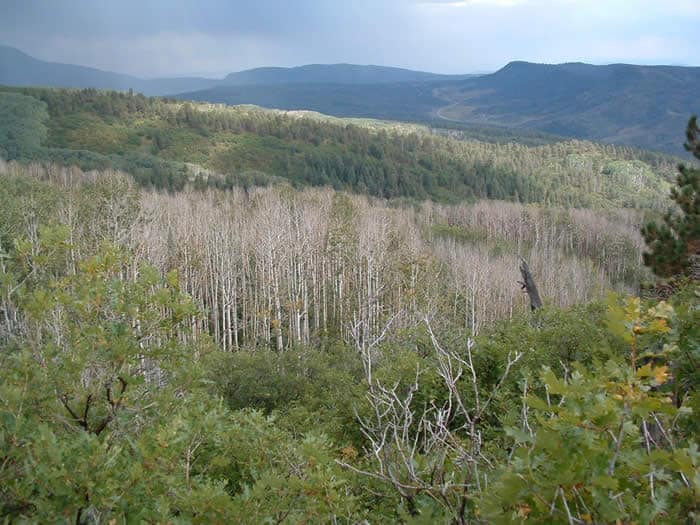Here is an early July LA Times article that, apparently, says that only Republicans are seeking to thin our forests, as we watch our forests burn. Clearly, this is a tactic to rile up their mostly Democratic readers.
http://www.latimes.com/news/nation/nationnow/la-na-nn-gop-fire-hearings-20130703,0,2185679.story
Yes, it did rile them up, as evidenced by the wild comments. Here are a few examples:
As a logger in Susanville, California said at a Forest Service public comment session (1997), “But Trees are Dying in the Fiorest”!!!! (and therefore NOT making a profit for him).
My response, People are dying in the streets, so what is YOUR point.
The aLand Raping Logger coundn’t answer, because the only thing he cared about was turning a PUBLIC RESOURCE into his own private profit.
Dead trees in a dorest serve as nesting sites for birds and other animals and eventually fall to rot, providing food foe grub eating bears, light spaces for juvenile trees to start and replenishing the forest soil, for the next generation of trees.
When a person dies, what good do they do the Planet?
This commenter doesn’t realize that clearcuts have been banned in the Sierra Nevada for over 20 years.
The logging companies will only clear cut…not select cut, making for the ugliest scars and worse…ecological destruction of forest habitats. This is not a good idea. The problem is not the density of trees…it’s the residential areas built near thick forests. Bad planning is a result of homes destroyed in forest fires.
Ummm, I think it is the wildfires that are causing “deforestation”, bud!
Is that what the GOP is calling deforestation for profit these days, as they bend over for their lumbering lobbyists?
Was this supposed excessive harvesting done in THIS millennium??!?
They have a point, but the GOP has a history of letting “thinning” evolve into excessive “harvesting” by lumber companies.
This person is in denial about current forest management practices that have eliminated high-grading AND clearcutting, while reducing fuels in the form of trees in the 10″-18″ dbh size class. The last 20 years of active management has not resulted in adverse effects. On the other hand, wildfires lead to MORE insects, as they kill the fire-adapted pines, through a combination of cambium kill and bark beetle blooms.
Much of the GOP have forest management/preservation for the past 40 years. While some may see forests as natural resources to be preserved and cherished, others see them as purely economic resources to be exploited. Timber interests in California have utilized the same pretext to no avail. Note that thinning the forests would have little effect in preventing or curtailing wild fires. Let nature take its course becasue fires are a natural occurance; and are necessary for killing insects, spreading new seeds and burning away dead wood.
Really, though, THIS is a big part of what we are up against. Loud-mouthed partisan politics, not based in fact, is harming our ability to do what is right for the “greatest good”. Shouldn’t we be “thinking globally and acting locally”, regarding forests? Is this mindset fitting into “If you are not part of the solution, then you are a part of the problem”?? It looks like commenters will say ANYTHING to bash the GOP, even if it is hyperbole and rhetoric. Sadly, this ignorance of forest facts continues to have a harmful and hazardous effect on our forests.
